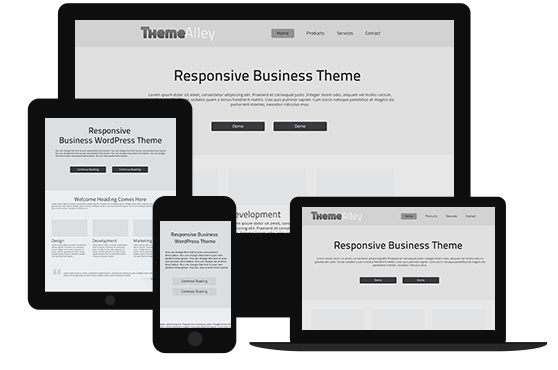Most of us certainly have an ego, some like to be praised, and some think that their choice is absolutely right. As a web designer, it is not a sin to have ego, for it is a human nature. However, how far an ego should take you? You can discover the good side and the bad side of an ego that may affect a designer’s work by reading the points below.
The Good Side
- Confidence
Having a good amount of ego will produce you a good confidence, because you know that you have talents; it gives you a good start to set a level of expectation. With a good amount of confidence, you can stay focused and work hard, this is all for the sake of living up to expectations.
- Moving Forward
Another benefit of having a healthy ego is that it can lead you to make decisions. On the other hand, getting overconfident may lead to biting off more than you can chew. However, a balance of confidence and awareness will help you decide which projects to jump on and which to let go. Besides, you will know when to wait for the right one.
- How to Get There
For some people, they might have a good ego naturally. Therefore, it is not difficult for them to have a balanced view of themselves and their abilities. However, some may have to work a bit harder to achieve the balance. If you find yourself in difficulties in handling your ego, you can start balancing it by realizing that you are human and that you’re going to make mistakes. However, once you make mistakes, do everything you can to correct it. You can take your mistake as a lesson to learn from and then move on.
When your confidence is low, you can remember things that can elevate your sense of pride. For example, you can recall your thoughts of the first websites you created or other good memories that can make you feel good.
The Dark Side
- Stop Listening
One of the biggest disadvantages when you have a bad case of ego is to stop listening. Your client wants a result to be like what they expected, sometimes they demand something that are fraught with problems or make little sense which surely will make designers confuse, lose their patience, and start tuning people out. However, we suggest you to be patient.
This is because when you reach the point where you simply know better and refuse to take other people’s opinions seriously, you start creating things only to please yourself while your client is the one that you should please. Therefore, listening to others and working to understand their point of view is critical to a successful project, even though it is okay to gently argue and compromise for what you believe is best.
- Stop Learning
It is common to stop learning, especially when you get to a high level of proficiency with a skill (HTML, CSS, graphics, etc.). You might think that somehow you don’t need to keep up with the times as you know everything. However, soon you will realize that your skill isn’t sufficient, especially when you are working with WordPress and the old static HTML sites.
- You Operate on Instinct Alone
Gut feelings can mean so much, but without proper research, your gut feelings will only lead to a wrong choice. Therefore, put in the required effort to ensure it’s the right one. That doesn’t mean you have to toil for hours just for doing research, but use research as a media that can facilitate our gut feeling whether it is right or not.
The overall point is that an ego should be managed very well as it can creep up and hurt any one of us. However, we believe that most of us can conquer the dark side of our ego and play it very well for the success of our project.





